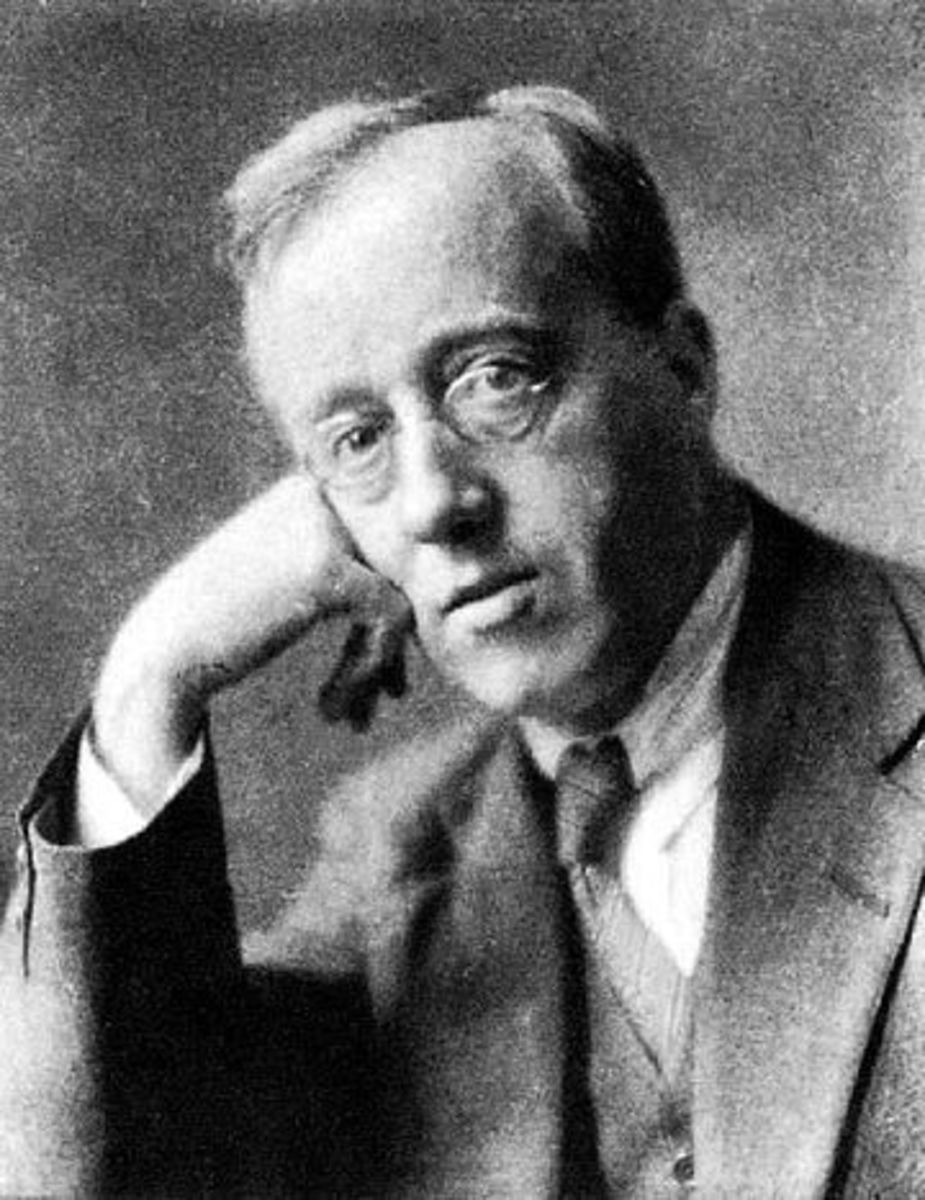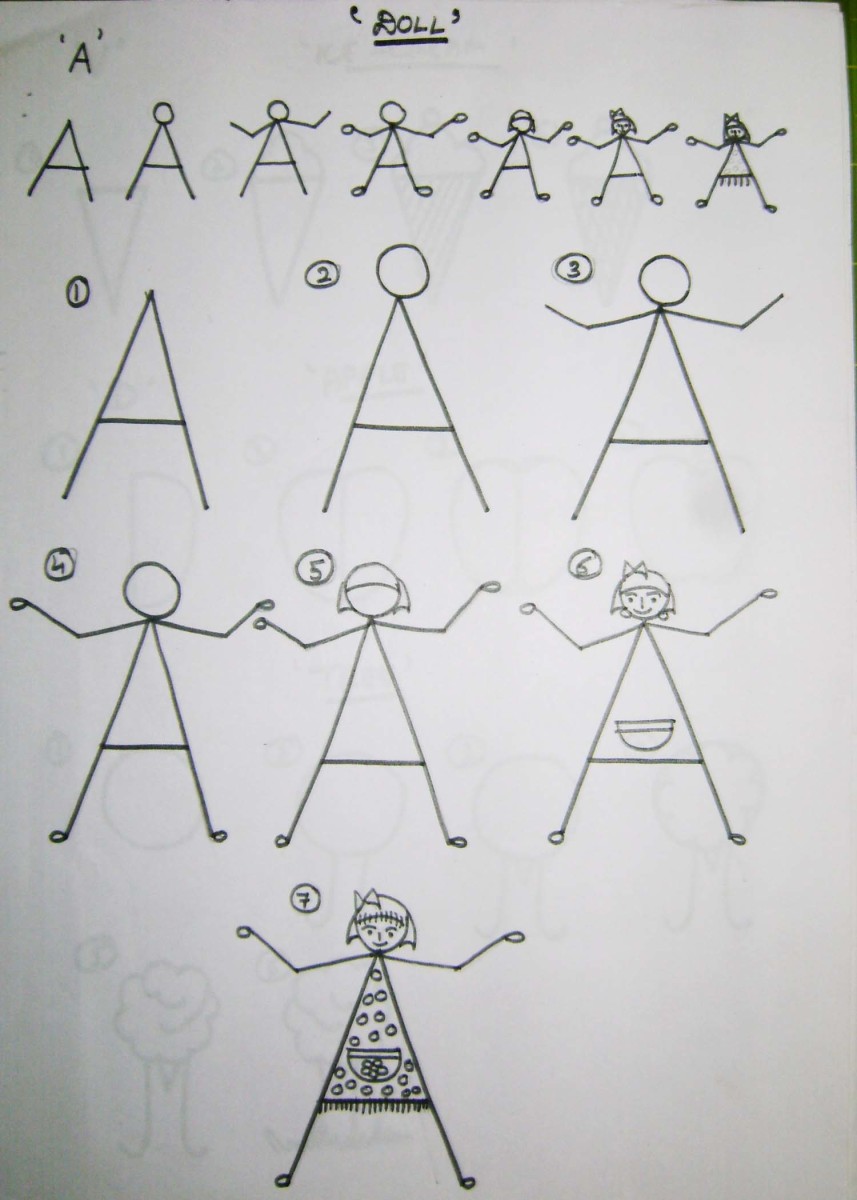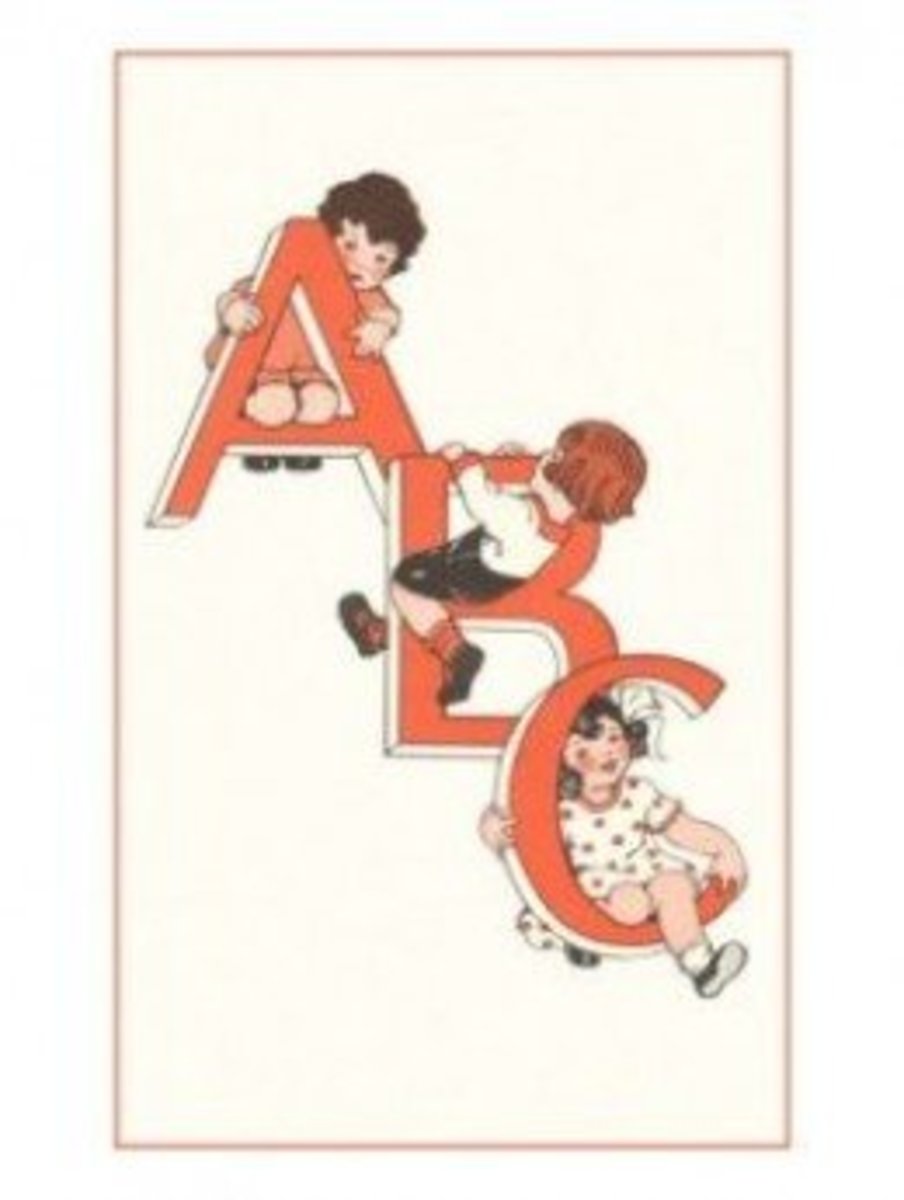The Abecedarian Poem
Poetry by the Letters: The Alphabetical Acrostic
An abecedarian poem is a poem which uses the author’s alphabet as its main “vehicle”. It is a type of form, but not one which is defined by meter or rhyme scheme. Instead, the abecedarius “spells out” an alphabet in its accepted order.
It is this sequential progression which makes the abecedarian form a subtype of acrostic poetry – verse which uses initial letters to spell out an alphabet or a name. The earliest known acrostics appear in Babylonian literature dating from approximately 1000 years B.C. – the Babylonians actually spelled out entire sentences in their compositions.
The history of the abecedarian poem is vast, which makes perfect sense. After all, alphabets have existed as long as has written language, and poetry is an ancient art form in and of itself. The fact that the two would be combined seems nothing less than logical – but today’s perspective of “alphabet poetry” seems to skim over and even belie the rich spiritual and religious heritage of this poetic form. The beginnings of the abecedarius are ancient – people have been composing them for thousands of years.
The Hebrew Alphabet.
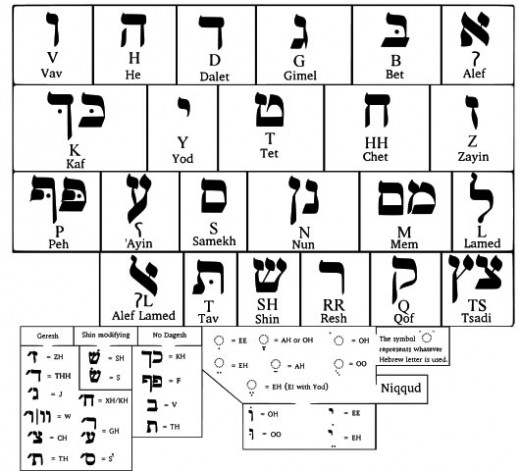
Early abecedarian poetry: Psalm 119
The earliest known abecedarii are Semitic; the form was of special value to the Hebrew poets for purposes of expressing religious devotion. Psalm 119 is a strict abecedarius: in its original Hebrew, its twenty-two stanzas total one hundred seventy-six lines. The stanzas follow the Hebrew alphabet in precise sequence and contain dozens of prayers. It is an incredibly complex composition.
Each stanza of Psalm 119 contains eight lines, each of which uses the same initial letter. This makes each stanza of Psalm 119 an octave stanza, which is but one way of expressing the alphabet in an abecedarius. The examples given below illustrate other types of abecedarian sequences.
Note: Hebrew reads from right to left. In the accompanying illustration, the first letter appears to the far right in the top row, and the last to the far left on the last.
A Latin abecedarian hymn
Coelius Sedulius, a Christian poet who lived in the early 400s, authored a Latin hymn in the abecedarian style. Part of the hymn continues to be used even today during the Christmas season. The title translates roughly to "From Lands that See the Sun Arise".
A solis ortus cardine consists of twenty-three stanzas, each of which begins with a letter of the Latin alphabet. This stanzaic progression is the most commonly employed in abecedarian poetry – probably because it’s more than a little difficult to begin multiple lines with the same letter!
For a complete transcription of the hymn, click here.
A solis cantus ordine

Geoffrey Chaucer
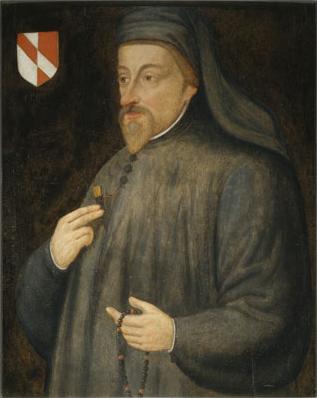
Chaucer’s ‘An ABC’
Geoffrey Chaucer was born in or around 1343 and lived to be almost sixty years of age. In that time, he wrote an immense amount of poetry which still survives to this day. His incredible legacy includes major works such as The Canterbury Tales and Troilus and Criseyde, but also minor short works such as An ABC, which is an abecedarius.
Since Chaucer’s composition is written in the Middle English of his time, it may be difficult for the lay reader (I am here including myself) to interpret, but the above transcription of An ABC is not as hard to read as one might imagine. The alphabet is at least an English one, and though the dialect is unfamiliar, even the casual reader can recognize a great many words. To some extent, it is even possible to infer meanings of those which are unfamiliar from those which are closer to our modern English language. Chaucer’s poem is a nearly perfect sequence, eliminating only J, U, and W. (If he’d managed to include them all, his poem could also be called a panagram).
The abecedarian in prose
Not all abecedarian compositions are poems; the term in a neutral context simply refers to something which is arranged alphabetically. As long as the alphabet is the vehicle by which the composition is “driven”, it can be described as abecedarian. Two excellent examples of this are Dr. Seuss' ABC and Michael Ende’s The Neverending Story. Seuss’ book is an alphabet primer; Ende’s novel consists of twenty-six alphabetically progressive chapters (Chapter 1 begins with “A”, 2 with “B”, and so on).
A visual history: Selected abecedarian compositions
6th century B.C.E.
Psalm 119. Tradition holds that King David of Israel wrote this psalm, but this source suggests otherwise. I have placed the date accordingly, but cannot be certain.
393-394 C.E.
St. Augustine of Hippo composes his abecedarian Psalmus contra partem Donati.
Date unknown? Author d. ca. 450
Sedulius composes his A solis otus cardine
c. 1370s
Chaucer composes his abecedarian An ABC. To see images of an original text, visit the link listed at the conclusion of this article. You'll have to scroll down somewhat, but the images are beautiful!
1963
Theodor Seuss Geisel’s (“Dr. Seuss”) “Dr. Seuss’ ABC: An Amazing Alphabet Book!” is published by Random House.
1979
Michael Ende’s Die unendliche Geschichte is published in Germany. “The Neverending Story”, a translation by Ralph Manheim, is published in 1983 by Doubleday & Co., Inc.
From ancient times to modern
By way of returning to our poetic focus, I will close this with an original composition written in abecedarian poetic form. It is a bit rough, perhaps, and not even close to a panagram, but it will suffice as an example of how one might compose a simple abecedarian poem in today’s modern English. Unlike the preceding examples, this poem uses what is known as astrophic progression, in which the initial letters of successive lines spell the alphabet:
Flame of Nature
A summer sun touches the goldenrod
beneath a noonday sky so perfectly
cerulean, and with a lover's kiss:
Delightful in its dreaming; such
enchanting gold could only be a
flame of nature: share this my vision, friend --
Gold stays but a moment before passing
heavenward, fading soft and slow
into memory.
You may wish to try your hand at writing an abecedarian composition of your own. Perhaps you could tell a story, as did Sedulius, or write a playful instructive piece, as did Dr. Seuss. Just sit down with your alphabet and your muse and see what happens!
Sources / Further Reading
Harfield, D. (September 12, 2010). Answer to "When was Psalm 119 Written?". Retrieved from http://wiki.answers.com/Q/When_was_Psalm_119_written.
Preminger, A. & Brogan, T.V.F., Eds. (1993). The New Princeton Encyclopedia of Poetry and Poetics. New York, NY: MJF Books.
A solis ortus cardine (n.d.). In Wikipedia. Retrieved from http://en.wikipedia.org./wiki/A_solis_ortus_cardine.
Sedulius, Coelius. (n.d.) Full text of A solis ortus cardine. Retrieved from http://www.thelatinlibrary.com/sedulius.solis.html.
University of Glasgow. (n.d.) The World of Chaucer: Medieval Books and Manuscripts. Images available at http://special.lib.gla.ac.uk/exhibns/chaucer/works.html.



